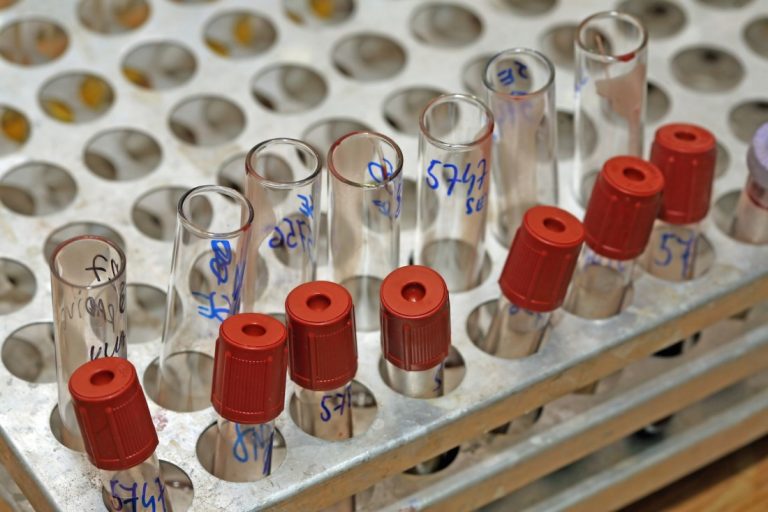
Cerulean Pharma Inc (NASDAQ:CERU) has had a rough week. The company put out topline from its lead oncology trial August 17, and the numbers are not good. We’ll get in to them in a little more detail shortly, but essentially the trial flopped, and the company has discontinued development in the target indication. The question now is, what’s next? Cerulean has lost a large portion of its market capitalization on the announcement, somewhere in the region of 56% at last count, and has just announced it is cutting its workforce by 50%. For those already exposed, it’s a hit. However, is there an opportunity to get in at a discount ahead of a reevaluated focus? Let’s take a look.
So, what happened?
The drug in question is CRLX101, and it’s a nanoparticle drug conjugate (NDC) built by way of Cerulean’s proprietary platform, the Dynamic Tumor Targeting Platform. It’s part of a family of drugs called topoisomerase 1 inhibitors. These drugs are designed to inhibit an enzyme called – not surprisingly – topoisomerase, which plays a roll in cell replication in tumor cells. Inhibiting the enzyme inhibits cell replication, and theoretically can halt tumor growth. The NDC element of the drug just means it’s an anti-cancer agent that is chemically conjugated to a polymer backbone. The way they work is by being small enough to pass through pores into the blood vessels of tumors, but not into normal blood vessels. This makes them selective (in the most part) and can serve as an effective way to minimize toxicity while maximizing efficacy.
Well, in many cases. Unfortunately for Cerulean, not this one.
The trial pitched the drug against some standard of care treatments in renal cell carcinoma (RCC). The drug was outperformed by current SOC from a raw number perspective, with median progression free survival coming in at 3.7 months for CRLX101 versus 3.9 months for the control arm. The outperformance was not stat sig, however, with a P value of 0.822, so from a stats perspective there is no difference between the two arms. Overall response data was similarly disappointing, with 101 inducing ORR in 5% of patients versus 14% for the SOC arm.
What’s next?
The company has abandoned development of 101 in this RCC indication based on the data, and while we will get some follow up data near term that might be worth a glance, the program is essentially discarded. This is the second failure with this drug – Cerulean also discontinued a lung cancer indication back in 2013.
The focus now shifts to an ovarian cancer indication with the same drug. There’s an ongoing trial in ovarian, and that just picked up fast track designation based on some interim data presented to the FDA. It’s a small sample, but data from nine patients showed a response rate of 56% when combined with paclitaxel, versus between 15-25% for paclitaxel on its own.
Why might this indication succeed where two others have failed? Well, ovarian cancer is sensitive to TOPO1, while the two cancers that have failed (RCC and NSCLC) are not. This should translate to a more active response to the drug, and might be the reason the initial response in combination with paclitaxel is so impressive.
Cash has to be a consideration going forward.
The company has $47 million cash on hand, and no cash covenants on its debt facility. The cash should carry through to the second quarter of next year, and management stated on the company’s latest call that there are some options exercisable that will extend this runway through the third quarter. After that, and assuming there are no partnerships or otherwise to inject capital, Cerulean is going to have to raise. This raise will almost certainly be dilutive, and could debase the value of a pre-raise holding.
So what’s the bottom line here?
At its current price, Cerulean looks a little oversold. The company has cash on hand in excess of its market cap, and a promising (albeit early stage) candidate in its ovarian cancer indication. It’s disappointing for shareholders that RCC is a non-starter, but there’s a path forward and some near term milestones, including the ovarian cancer data and a meeting with the FDA, that could serve up some buy volume and close the gap a bit on the recent losses.




